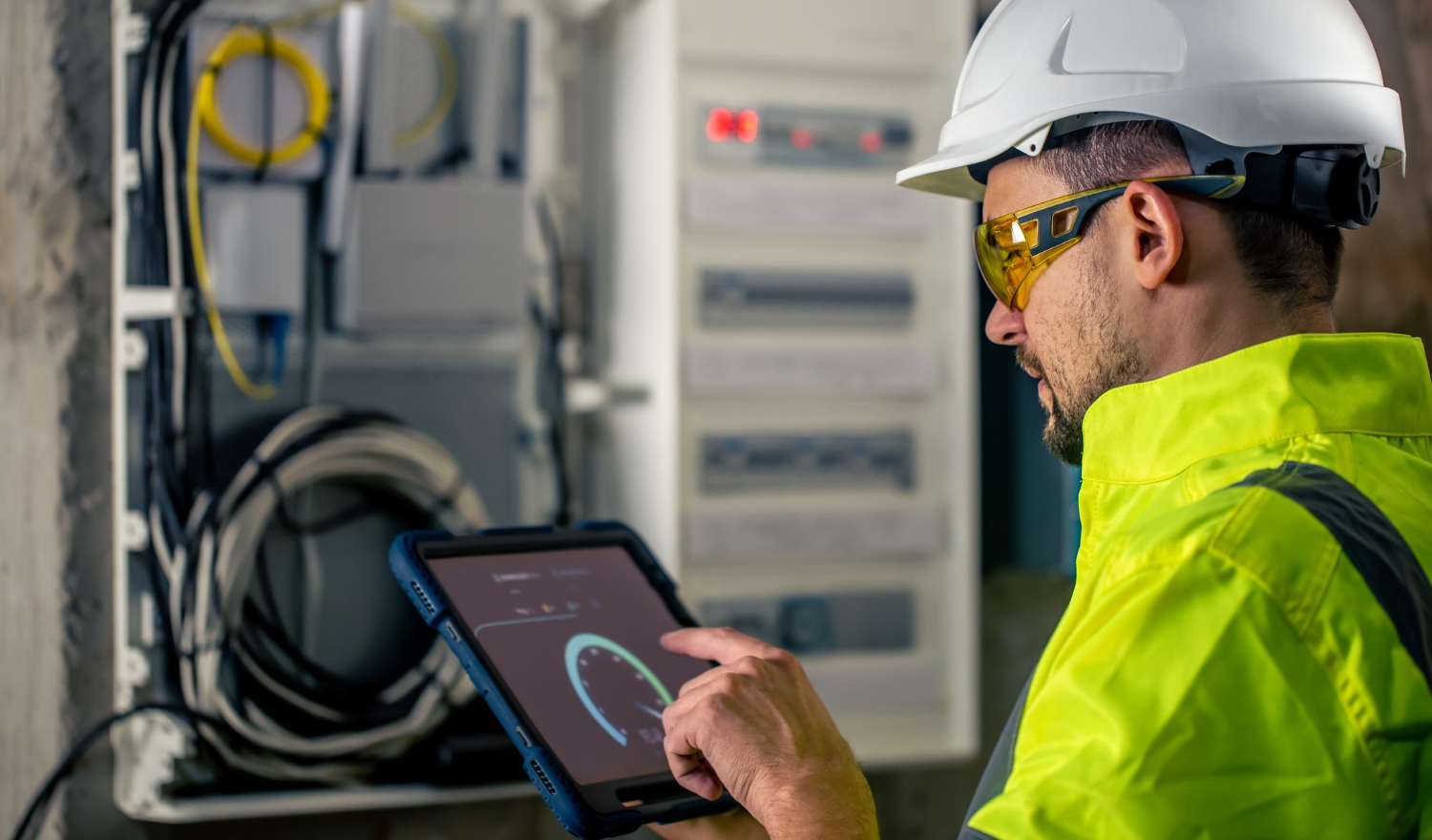
Enhanced Grid Stability: Battery energy storage systems help balance electricity supply and demand by reducing strain during peak periods. They also accelerate the electrification of remote areas by enabling renewables to be used at off-peak hours.
Residential battery energy storage systems also offer cost savings by shifting consumption to off-peak times, avoiding high electricity rates. This makes homeowners less dependent on the power grid and provides security during power outages.
Optimize Your Manufacturing Processes
Manufacturers can streamline their production processes and minimize energy wastage by implementing state-of-the-art energy management and heat recovery systems. This can reduce costs and contribute to a sustainable future.
Battery energy storage systems are reshaping the energy landscape by providing greater flexibility for renewable energy integration. They can absorb or release electrical power almost instantly, enhancing grid stability and supporting services like frequency regulation and voltage support. Batteries are utilized on a smaller scale to store extra energy during peak hours in residences and businesses equipped with solar panels. This can mitigate the impact of the intermittent nature of renewables and enable a smoother transition to Net Zero.
Battery storage can reduce energy waste and lower fossil fuel requirements. This is because it helps to balance electricity demand during peaks, reducing the need for additional power generation from traditional sources. Considering that the UK government projects that technologies such as battery energy storage systems might save up to PS40 billion by 2050, this is a huge benefit.
The energy stored in a battery can also be used as backup power in an outage, which is particularly important with the current climate uncertainty. Additionally, a BESS can help homeowners and business owners become less dependent on the National Grid and add security to their operations.
Build a Smart Workspace
For businesses, maximizing efficiency is good for the bottom line and aligns companies with global sustainability goals. One way to do this is by performing energy efficiency analysis in workspaces and implementing strategies to reduce energy usage. Another is by deploying battery energy storage systems. Battery storage technologies have evolved over the years, offering greater energy density and efficiency as they are increasingly used in renewables, electric vehicles, and grid-scale applications.
Cost Savings: Battery storage systems can be deployed to “peak shave” electricity demand during peak hours, resulting in substantial savings on energy costs. Additionally, they can be merged to store excess generation during off-peak times, making the most use of renewable energy sources like solar and wind power. Grid Stability: By supplying backup power during blackouts and balancing intermittent energy generation from renewable sources, battery storage can assist in stabilizing unstable power systems. Energy Access: Battery-based microgrids can be deployed to off-grid and remote areas, enabling the electrification of communities that lack reliable energy sources.
Adopting battery storage systems enables developing nations to leapfrog fossil fuels and directly adopt sustainable energy solutions, enhancing energy stability and access while reducing climate change risk. Furthermore, it creates economic opportunities through local manufacturing and installation expertise, fostering local industry growth. In addition, these systems can attract foreign investments and facilitate knowledge transfer, helping to alleviate energy transition challenges in developing nations.
Invest in Automation
Whether for peak shaving, demand response, or renewable integration, battery energy storage systems offer cost-effective solutions for various energy requirements. They can even be integrated with innovative building systems to enable intelligent load balancing and real-time energy usage monitoring.
Battery storage systems are becoming more affordable because of technological advancements, increasing their accessibility for commercial use. This makes them a powerful tool for achieving sustainability goals and increasing operational efficiency. They can also be integrated with solar and wind power plants, enhancing grid stability and renewable integration.
Improving Resilience
Battery energy storage devices can supply backup power to maintain operations and safety in regions vulnerable to extreme weather or natural disasters. They can also help manage fluctuations in energy supply and demand, reducing dependence on fossil fuels and greenhouse gas emissions.
Providing Energy Access
Energy access is one of developing countries’ biggest challenges, hampering economic growth and preventing social development. By enabling economic activity, enhancing quality of life, and offering a dependable source of electricity in isolated areas, battery storage technology can close the energy gap. They can also improve grid systems, accelerating renewable energy adoption and mitigating climate change impacts. They can also help stabilize energy costs by storing excess electricity during low-demand periods and releasing it at times of high demand, minimizing reliance on expensive peak energy purchases.
Make the Most of Your Employees
Using battery energy storage systems (BESS) can help businesses, organizations, and households achieve energy efficiency goals. By lowering demand charges, enabling load shifting, promoting a greener energy consumption pattern, and providing backup power, BESS can provide many benefits that add value to a business or building.
The technology behind battery storage is advancing rapidly, with lithium-ion batteries now the dominant solution in the industry. Due to their extended lifespan and high energy density, lithium-ion batteries are frequently found in grid-scale energy storage systems and electric vehicles.
Unlike traditional electricity transmission, battery energy storage systems can maximize the amount of energy that is retrieved after a charge through a process known as coulomb efficiency. The type of battery system, storage duration, equipment efficiency, charge-discharge current rates, nearby temperature, and other factors impact this figure.
While it can be tempting to purchase a ready-made energy storage system, choosing a system designed to meet your needs is essential. Using the wrong equipment can result in performance issues and unwelcome surprises. Furthermore, buying components and subsystems from multiple manufacturers can lead to compatibility and interconnection problems. A custom-designed and engineered battery storage system can deliver reliable, scalable performance that exceeds your expectations. It can also provide significant cost savings through reducing demand charges, optimizing energy consumption, and participating in demand response programs.


